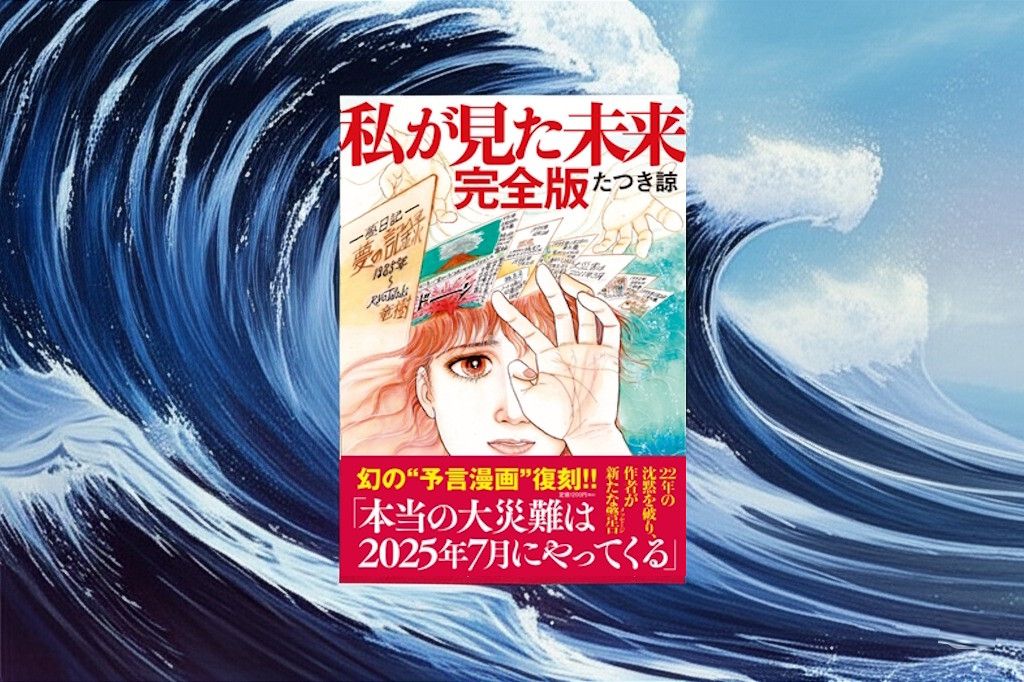Doomsday Prediction in this Manga Makes People Cancel Trips to Japan
A decades-old Japanese manga has ignited a wave of anxiety among international travelers, leading to a sharp decline in summer tourism to Japan. The comic, The Future I Saw by Ryo Tatsuki, has gone viral across Asia after resurfacing with a chilling prediction: a catastrophic earthquake and tsunami will strike Japan on July 5, 2025.
Originally published in 1999 and reissued in 2021, Tatsuki’s manga chronicles her supposed dream-based premonitions, including one that eerily coincided with the devastating Tohoku earthquake and tsunami of March 2011. The new edition warns of an even greater disaster in July 2025, describing a massive undersea rupture near the Philippines that would trigger tsunami waves “three times the size” of those in 2011, inundating Japan and affecting neighboring regions such as Hong Kong, Taiwan, and the Philippines.
Tatsuki’s previous “hit” has given her a cult following, and her latest prediction has spread rapidly on social media, amplified by psychics, feng shui masters, and viral YouTube and Facebook posts—particularly in Hong Kong, Taiwan, and mainland China.
The impact on Japan’s tourism sector has been immediate and significant. Airlines and travel agencies report a dramatic slump in bookings from key Asian markets. According to Bloomberg Intelligence, flight reservations from Hong Kong to Japan are down by 50% year-on-year, with bookings for late June and early July plunging by as much as 83%. Travel agencies in Hong Kong and Taiwan have confirmed a surge in cancellations and postponements, with many travelers citing the manga’s prophecy as the reason for their change of plans.
Hong Kong Airlines has canceled multiple weekly flights to Sendai—a city heavily affected by the 2011 disaster—while Greater Bay Airlines is reducing direct flights to several Japanese cities due to a sudden drop in demand.
Officials and Scientists Push Back
Japanese officials and scientists have urged calm, emphasizing that earthquake prediction remains scientifically impossible. Miyagi Prefecture’s governor, Yoshihiro Murai, described the rumors as “unscientific” and encouraged tourists not to be swayed by social media speculation. Seismologists continue to stress that, while Japan is seismically active, no credible method exists to predict the exact timing or magnitude of earthquakes.
“Despite scientific consensus that earthquakes cannot be predicted with accuracy, this viral panic is already affecting tourism numbers.”
A Social Media Storm
The phenomenon highlights the power of viral content and superstition in shaping real-world behavior. While Japan’s tourism industry recently celebrated record visitor numbers, the “Tatsuki prophecy” threatens to dampen the summer boom. Travel industry analysts warn that, even if unfounded, such rumors can have a lasting impact on traveler confidence and economic recovery.
For now, the manga’s ominous forecast continues to ripple across Asia, with many would-be tourists opting to “wait and see” rather than risk being caught in a predicted disaster that, according to experts, remains purely fictional.

